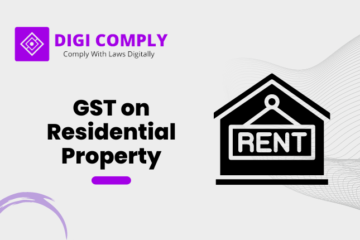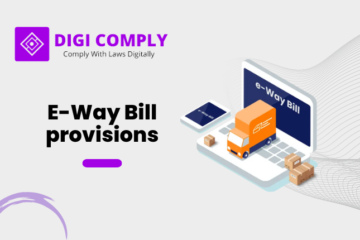E-invoice implementation requires integration with external systems i.e. solution providers and Government systems. It also includes educating all stakeholders and departments within the organization. While these could be one-time processes, you need to ensure that there is a system in place to keep everyone updated about the new developments and changes within the organization. Being aware of the challenges at different stages of e-invoicing is required to take the necessary steps to overcome them and find relevant solutions promptly. This will also help in avoiding any upcoming problems beforehand.
A) Preparing for IRN
1. Updating ERP:
Companies must update and upgrade their systems to ensure readiness for e-invoicing. This can be challenging if there is no dedicated team to handle the technical aspects of the process. Extracting the necessary data points for generating an IRN requires a thorough review of the existing systems. Additionally, after IRN generation, the signed QR code, IRN, and other details can be updated within the ERP system to facilitate the printing of the QR code on the invoice.
2. Connecting to IRP via APIs and Data Mapping:
Taxpayers under the threshold can access the Invoice Registration Portal (IRP) through APIs, which enable the sending and receiving of data. Expert support and guidance are crucial at every level to ensure a smooth process. Authorized GST Suvidha Providers (GSPs) can assist taxpayers in managing the entire e-invoicing process effectively. These challenges pertain to the initial stage of e-invoicing implementation.
B) Generating IRN
1. Handling Errors and Exceptions:
E-invoicing applies to various B2B transactions, including B2G and international trade. These transactions involve a wide range of supplies, such as domestic supplies, exports, supplies to Special Economic Zones (SEZs), and supplies through e-commerce operators. Consequently, the likelihood of errors and exceptions increases. Many businesses encounter obstacles and difficulties in generating IRNs successfully, whether through the portal or via GSPs. Familiarity with validation rules and error handling is crucial.
2. E-way Bill:
The generation of E-way Bills is now closely linked to e-invoicing. The IRP can generate both IRNs and E-way Bill numbers, depending on the data provided. If transportation details are included with invoice details, the IRP communicates with the E-way Bill portal in real time to generate the E-way Bill. However, errors in transportation details may result in the generation of an IRN without an accompanying E-way Bill. In such cases, an alternative mechanism allows the generation of an E-way Bill using just the IRN and transport details.
3. Handling Specific Business Scenarios:
Certain business-specific scenarios pose challenges in value validations. For example, when there is Tax Collected at Source (TCS) on sales, there may not be a separate data point available to record it, requiring adjustments in other charge fields. These challenges are encountered during the stage of generating IRNs.
C) Post IRN
1. Cancellation:
Cancellation of E-way Bills and IRNs must follow specific guidelines. E-way Bills can be cancelled within 24 hours of generation, and if cancelled, a new E-way Bill can be generated for the same document. Similarly, IRNs can be cancelled within 24 hours of generation, but once cancelled, a new IRN cannot be generated for the same document. After the 24-hour window, invoice cancellation can be done through the GSTN system by deleting it or by issuing a credit note.
2. GSTR 1 Reporting:
The government populates GSTR 1 records on a T+2 basis. However, discrepancies may still exist, necessitating a comparison of self-records with the government’s populated records. This process helps identify cancellation issues and determines if any amendments are required. These challenges arise in the post-IRN stage of e-invoicing.
Other Challenges in E-Invoicing Implementation:
1. Data Extraction as per E-Invoice Standard:
Data extraction must adhere to the e-invoice schema and validation rules, which may differ from current data capture practices. Factors such as rounding off, decimal places for quantity, and updated HSN code rules need to be considered.
2. Enabling GSTINs on the E-Invoice Portal:
Companies falling under the e-invoicing threshold need to ensure that GSTINs within their PAN are enabled. If not already enabled, a form must be filled out on the NIC portal to enable GSTINs.
3. Initiating Connection with GSP:
Connecting to the GSP is a crucial step, similar to the process of E-way Bill generation via APIs or automation. Selecting a solution provider and defining credentials on the IRP portal is necessary, and challenges may arise if credentials are not created correctly.
4. Managing Activities Post E-Way Bill Generation:
Various tasks related to E-way Bills, such as updating transporters, updating part B, and extending validity, still need to be managed on the E-way Bill portal. Coordination with transporters is essential, especially if E-way bill generation has been outsourced to them.
If You have any queries then connect with us at support@legalsuvidha.com or info@digicomply.in & contact us & stay updated with our latest blogs & articles





